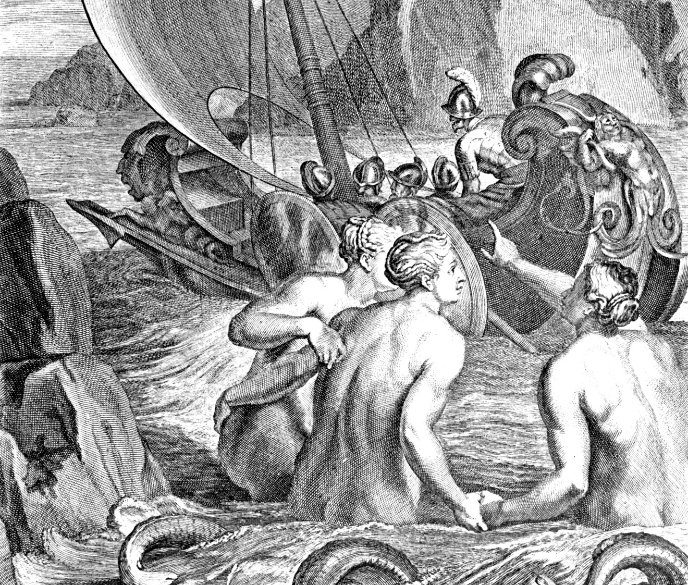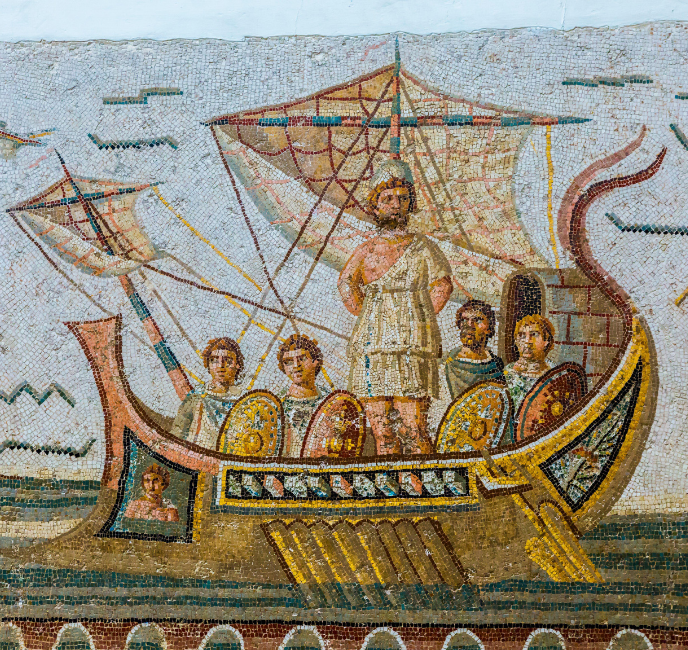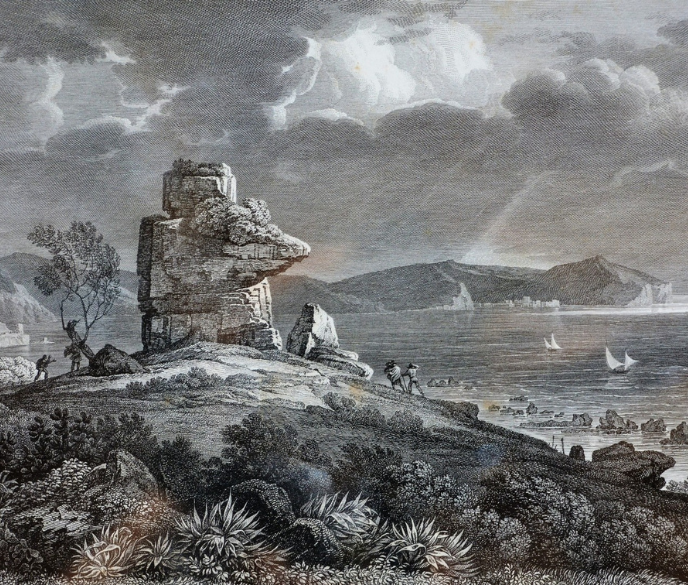The emblematic places of a territory rich in history and nature, the perfect conjunction between the sea and mountains. That's Cilento




Even today, the Cilento area is shrouded in mystery. According to legend, mythological figures, warriors and gods populated this land in ancient times.
Greek myth tells of three sirens Leucosia (the one with white limbs), Partenope (the one who looks like a virgin) and Ligea (the melodious one with the enchanting voice) who lived on the rocks of the bay of Salerno. They represented a real threat to sailors, since with their sweet singing they bewitched the sailors of the Tyrrhenian Sea, leading them to shipwreck and death.
The three sirens were supposedly turned into birds by Demeter to punish them for not having helped their playmate Persephone (daughter of Zeus and Demeter) when Hades (the god of the underworld) abducted her while she was picking flowers with them on the plain of Enna, dragging her into Avernus.
According to the Hellenistic poet Lycophron, however, when Ulysses refused to stop at their song he forced them to commit suicide; by throwing themselves into the sea from the top of a cliff, their bodies were carried by the waters to different places. Leucosia's body emerged in the waters of the Gulf of Poseidonia (Paestum), hence the name Leucosia given to a small island near that city, Punta Licosa. In Castellabate, where Leucosia ran aground, 'Concerts on the Water' dedicated to the mermaid are held every year. The musical events take place in front of the islet of Licosa (extreme tip of the Gulf of Salerno in the municipality of Castellabate) with the participation of a symphonic music ensemble. In that area, the memory of the siren Leucosia has been felt since Greco-Roman times and is also testified by one of the four gates of Paestum called Porta Serena, open to the East.
Palinuro comes from the Greek “Palinouros”, meaning “headwind”. It is the Latin poet Virgil, in his Aeneid, who recounts the events that would lead one of the heroes of the Trojan War, Aeneas, from Greece to Rome, where he would give birth to the Gens Iulia and found the city.
During his narration, in Book V, Virgil tells the story of Palinuro, Aeneas' helmsman betrayed by the god of Sleep and fallen overboard during a night's sail. For three long days and nights, the castaway found himself at the mercy of the storm. Once he reached shore, with his body completely covered in seaweed, he was mistaken by the local natives for a sea monster, consequently killed and abandoned to the elements.
In Book VI, Virgil returns to speak of Palinuro; at this point in the narrative Aeneas wanders in the company of the Sibyl, among the souls of the unburied. Here he meets his former helmsman, who first tells him of his vicissitudes and then asks him for a dignified burial. Aeneas is ready to return to the site of the murder to respect his companion's wishes when he is stopped by the Sibyl, who reveals that the body can never be found again because it was taken by the god Neptune, but that his murderers will remember him forever. In fact, they will have to dedicate a cenotaph to him, which will be named Palinuro, in eternal memory of the crime committed.
With the passage of time, the story of Palinuro will never lose its fascination, undergoing numerous variations. Even poets and writers over the centuries have returned to the story several times. Among them was Giuseppe Ungaretti, who was so impressed by the tale that he dedicated his own epitaph to Aeneas' helmsman.
...Erto più su più mi legava il sonno, / Dietro allo scafo a pezzi della pace / Struggeva gli occhi crudeltà mortale; / Piloto vinto d’un disperso emblema, / Vanità per riaverlo emulai d’onde; / Ma nelle vene già impietriva furia / Crescente d’ultimo e più arcano sonno, / E più su d’onde e emblema della pace / Così divenni furia non mortale.
The myth of Palinuro is intimately linked to that of Camerota, a neighbouring municipality. Elaborated by the Neapolitan scholar Berardino Rota, Sylvarum seu Metamorphoseon liber, tells of Kamaratòn, a sea nymph as beautiful as superb.
According to legend, Palinuro had fallen in love with the maiden, asking her in marriage, but she had rejected him. Rejected with brutality and coldness and consumed by grief, the helmsman invoked the god of Sleep, begging him to put an end to his suffering. After Palinuro's death, outraged by the behaviour of the beautiful nymph, the goddess of love Venus decided to punish her, turning her into a rock (the promontory where the town of Camerota stands today) and condemning her to watch her rejected beau for eternity.
So the two young people, Camerota and Palinuro, stand there facing the sea, close but not so close as to be able to meet, divided by a long beach, symbolising the path of a lost love.